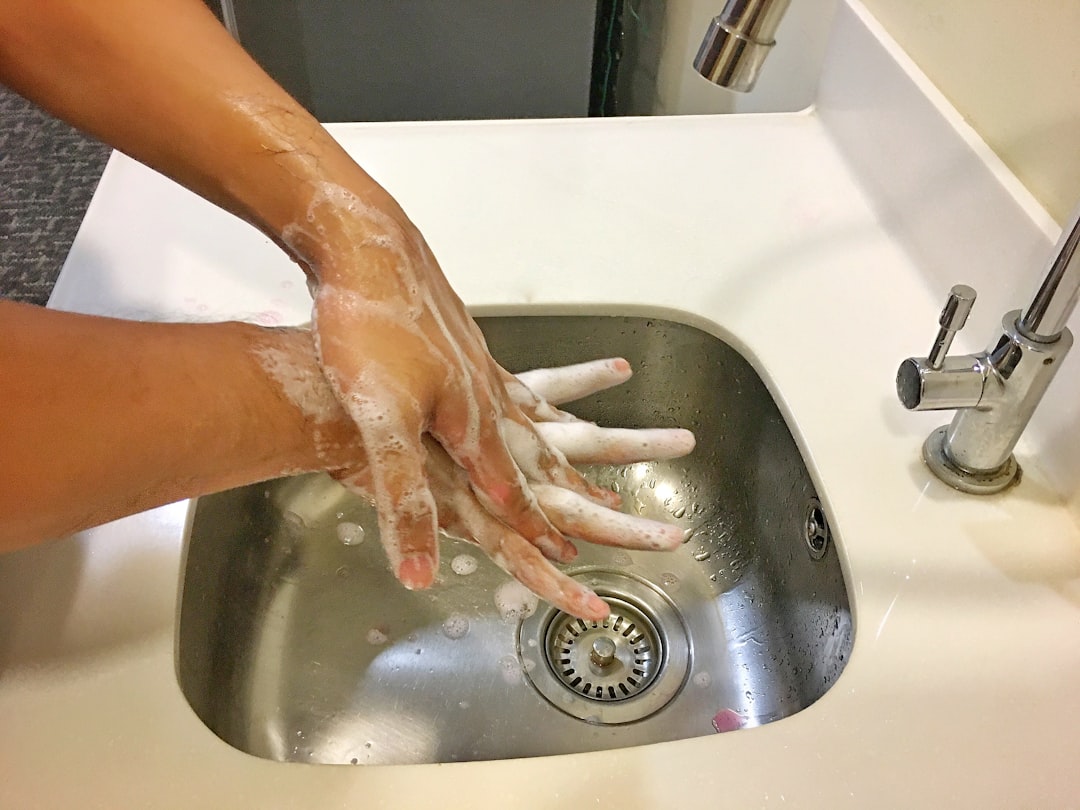
Revitalize Your Space: Embrace Hygienic Connections Today
Creating a healthy living environment is essential for overall well-being. In today’s world, where hygiene and cleanliness play a significant role in our health, revamping our spaces can lead to a more invigorating atmosphere. This guide will explore actionable strategies for embracing hygienic connections in your home and workspace, promoting wellness, and ensuring a healthier lifestyle.
Understanding Hygienic Connections
Hygienic connections refer to the practices and measures taken to maintain cleanliness and prevent the spread of germs and contaminants in our living and working environments. The COVID-19 pandemic has heightened awareness of hygiene, leading to a greater emphasis on cleanliness and its impact on health. Research shows that a clean environment can reduce the risk of illness, improve mental well-being, and foster productivity.
The Science Behind Clean Spaces
Recent studies have demonstrated that a tidy and hygienic environment can significantly affect mental health. For instance, a clutter-free space can reduce stress and anxiety levels. Moreover, maintaining cleanliness can minimize the risk of infections, particularly in shared spaces. According to the World Health Organization, regular cleaning and disinfecting surfaces can help mitigate the spread of viruses and bacteria.
Best Practices for Revitalizing Your Space
1. Declutter and Organize
The first step to a hygienic space is decluttering. Remove unnecessary items that collect dust and can harbor germs. Organizing your belongings not only enhances aesthetic appeal but also makes cleaning easier. Use storage solutions like baskets and bins to keep items tidy and accessible.
2. Regular Cleaning Routine
Establishing a regular cleaning routine is vital for maintaining hygiene. Focus on high-touch surfaces, such as doorknobs, light switches, and electronic devices. Utilize eco-friendly cleaning products to minimize exposure to harmful chemicals. According to the CDC, cleaning surfaces with soap and water followed by disinfecting can effectively eliminate pathogens.
3. Air Quality Matters
Improving air quality is crucial in promoting a healthy space. Regularly ventilate your rooms by opening windows and using air purifiers equipped with HEPA filters. Plants such as spider plants and snake plants can also help purify indoor air, creating a healthier environment.
4. Embrace Personal Hygiene Practices
Encourage good personal hygiene practices among family members or colleagues. Handwashing with soap for at least 20 seconds is one of the simplest yet most effective ways to prevent the spread of germs. Additionally, consider implementing a “no shoes indoors” policy to reduce the introduction of dirt and contaminants into your space.
5. Create a Sanitation Station
Setting up a sanitation station at the entrance of your home or office can promote hygiene. Equip it with hand sanitizer, disinfectant wipes, and face masks. This encourages guests and family members to practice good hygiene upon entering your space.
Common Misconceptions About Cleanliness
Many people believe that a clean space is only about surface cleaning. However, deep cleaning is essential for eliminating hidden germs and allergens. Misconceptions also include the idea that natural cleaning products are less effective; in reality, many natural solutions, such as vinegar and baking soda, can be powerful disinfectants.
Encouragement on Your Wellness Journey
Transitioning to a more hygienic living environment may seem daunting, but small changes can lead to significant improvements. Start with one room or area and gradually incorporate more practices. Remember, your health is a priority, and taking steps to improve your space is an investment in your well-being.
Further Reading and Resources
To deepen your understanding of creating a hygienic environment, consider exploring the following resources:
Adopting these practices can transform your space into a haven of health and wellness. To stay updated on health tips and wellness advice, consider subscribing to a wellness newsletter or sharing this article with friends and family who may benefit from it. Together, we can create healthier environments that support our overall well-being.


